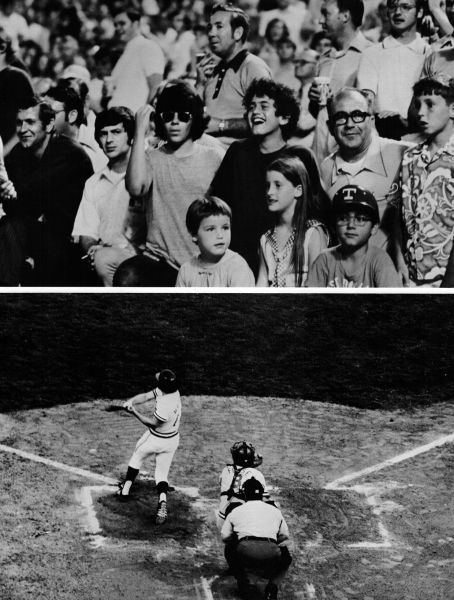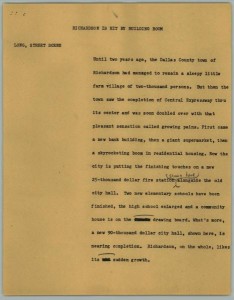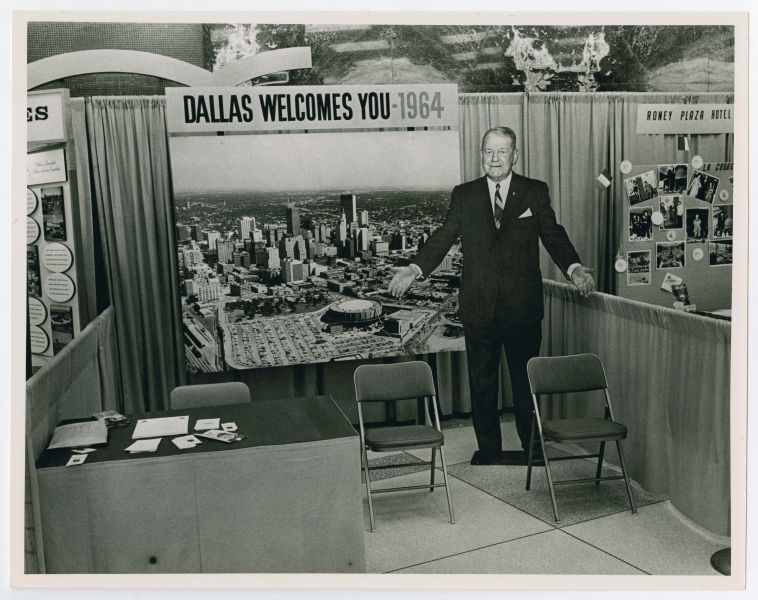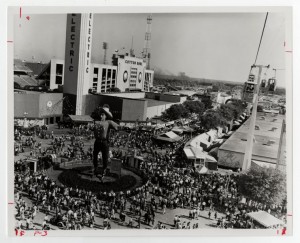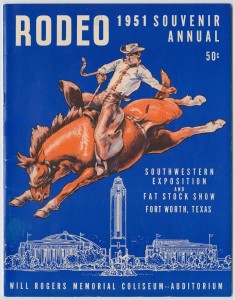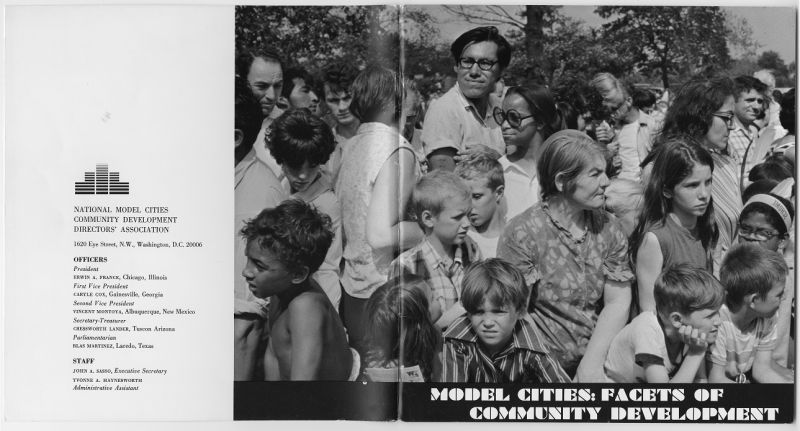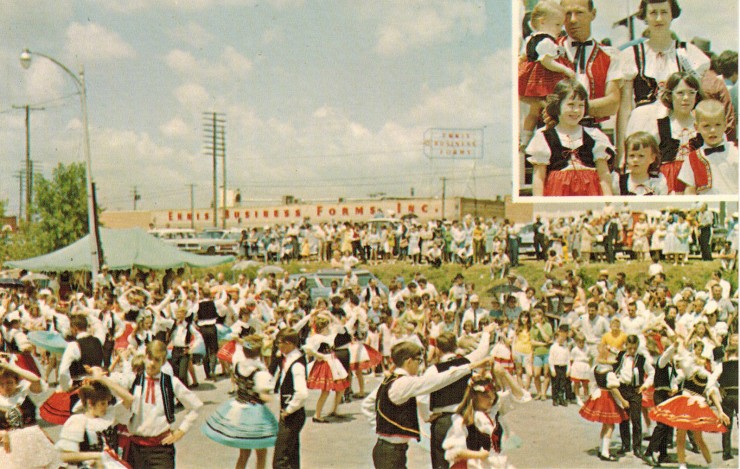
Munn, W.T. Jr. Printing Company. A Little Bit of Czechoslovakia. Lester Strother Collection (AR0327), University of North Texas Special Collections
The Lester Strother collection not only contains information about the growth and development of the Southwest Metroplex, but also surrounding communities and other regions throughout Texas. Many small towns that were just beginning to grow would send information to the Texas Metro Magazine about upcoming events to attract people from the Dallas-Fort Worth area.
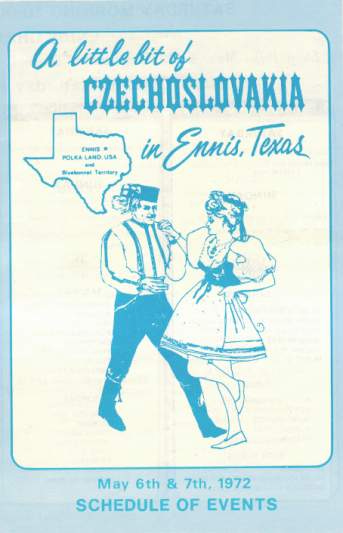
A Little Bit of Czechoslovakia, May 6-7 1971. Lester Strother Collection (AR0327), University of North Texas Special Collections.
One such event is the National Polka Festival in Ennis, debuting in 1967. The festival was started by a group of men (Raymond Zapletal, Len Gehrig, and Joe Liska), who got the idea after visiting other Czechoslovakian communities around the United States who had a large interest in polka bands. Figuring they would be able to bring these people to the small town of Ennis, they proposed their idea to Ennis Chamber of Commerce manager Jack McKay in 1967.
In the beginning the festival was held on the first weekend in May (later it was moved to Memorial Day weekend). The festival gathered people from Czechoslovakian communities all over Texas as well as other areas of the United States, to indulge in traditional Czechoslovakian festivities and food, and of course the main attraction, polka music.
The festival was a two day event, starting with a parade (now one of the largest parades in the DFW Metroplex) Saturday morning, followed by dancers adorned in traditional Czech costumes dancing in the streets and the Czech fraternal halls: KJT Hall (Katolická Jednota Texaská – Catholic Union of Texas), the KC Hall (Knights of Columbus), and Sokol. The Beseda Dancers would also perform with the official dance of ancient Czechoslovakia. Events throughout the two days would consist of polka music from bands such as the Lee Roy Matocha Orchestra from the small town of Fayetteville Texas, and the Vrazel Polka Band from Buckholts Texas. Traditional klabase (sausage) could be found everyday along with sauerkraut and homemade kolaches.
Within the first few years the festival was already a success, attracting over 30,000 people. It grew to become the largest Czech festival in the United States, bringing such bands as Grammy award winning Brave Combo, Czech and Then Some, and others from across the United States and the Czech Republic. Now spanning over three days, the festival brings over 50,000 people.
-by Jaime Janda


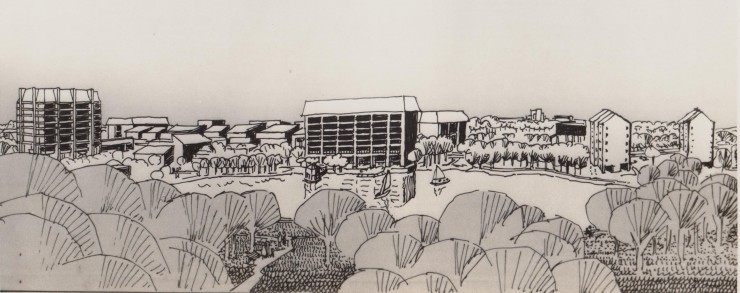
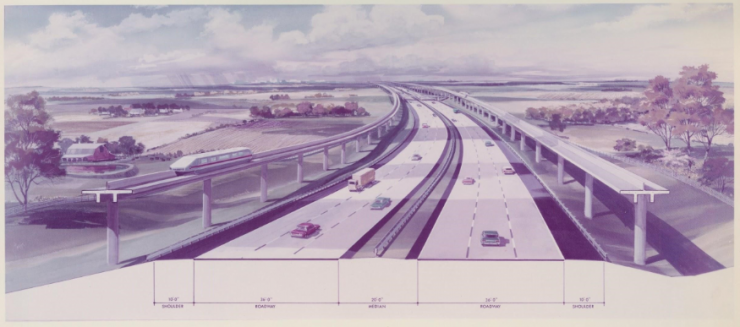
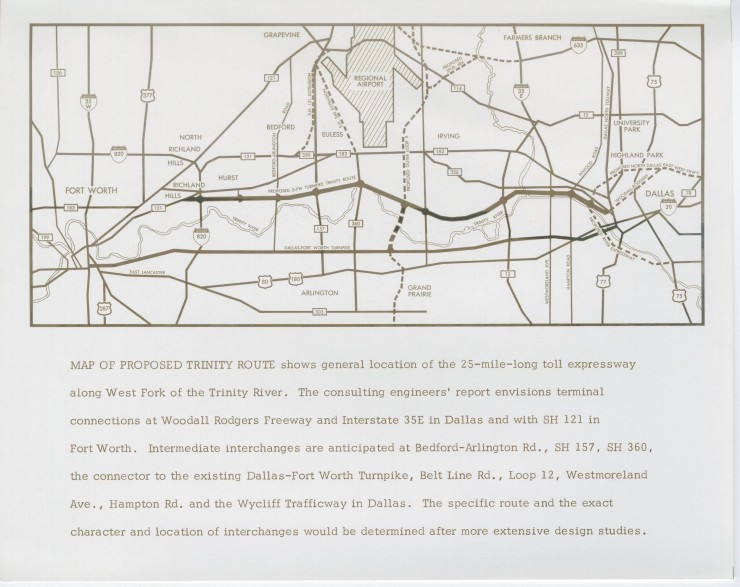 It may be difficult to believe that, until 1966, a non-stop route between eastern Dallas and western Fort Worth didn’t exist. Today, the highways connecting the two cities, as well as all the cities in between them, make Dallas-Fort Worth inseparable. The two stretches of road that contributed most to this feat are the Dallas-Fort Worth Turnpike, which opened in 1957, and Interstate 20, which was completed in early 1966.
It may be difficult to believe that, until 1966, a non-stop route between eastern Dallas and western Fort Worth didn’t exist. Today, the highways connecting the two cities, as well as all the cities in between them, make Dallas-Fort Worth inseparable. The two stretches of road that contributed most to this feat are the Dallas-Fort Worth Turnpike, which opened in 1957, and Interstate 20, which was completed in early 1966.